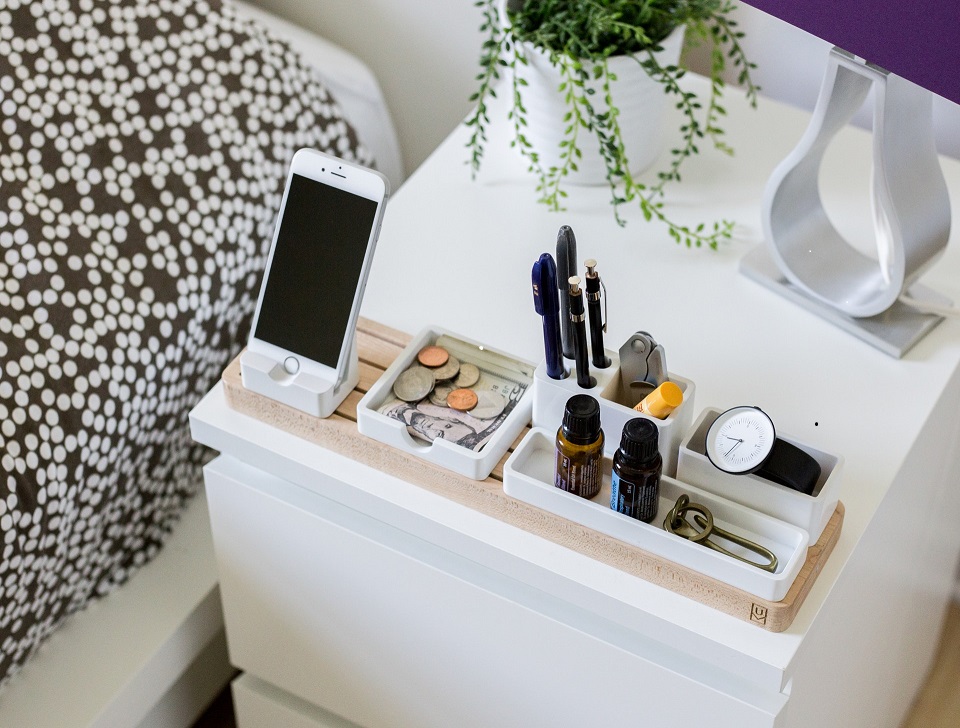Who does not know that: You have just come back from vacation and at the latest in the lunch break on the first day of work you have the feeling that you are actually ready for vacation again. You can’t really concentrate, the desk chair is nowhere near as comfortable as the deck chair, the unread emails in the mailbox just don’t get any less and getting up early in the morning doesn’t make it any better.
The good news first: You are not an isolated incident. Many people feel sad or depressed after their vacation and often have trouble concentrating. This phenomenon even has a name and is called “post-holiday syndrome”.
Often the depressed mood doesn’t last long. After a week at the latest, most of them are fine and work is fun again.
But is there also a possibility to accelerate the “recovery” or not to let it happen in the first place? Here are 4 tips.

1. Emails
Even on normal working days, emails can be distracting and stressful. It is all the worse after the vacation when the number of e-mails has accumulated in the three-digit range.
A solution to this problem can be implemented before the vacation starts by tidying up your mailbox as much as possible on your last day of work. E-mails that are no longer needed can be deleted or moved to the associated project folder. Mails that you still need can be marked with different colors so that you have an overview immediately after your vacation. It can also be helpful to jot down tasks from e-mails on a piece of paper so that only new things are in the mailbox after the vacation.
Probably because of the stress factor that e-mails bring with it, some people check their inbox even when they are on vacation. This makes it easier to get started after the break.
2. Start during the week
A second tactic is not to start the week back at work on a Monday. If you start in the middle of the week you don’t have to wait so long for the weekend and at the beginning of the week you still have time to get back to your usual routine, unpack your suitcase and go shopping.
If there is no other way than starting on a Monday, it is best to prepare for the first day of work before your vacation. When you know that the apartment is tidy and clean, that there is nothing in the refrigerator that can get moldy, and that someone is watering the plants, you can relax better even on vacation. If you also start going to bed earlier a few days in advance, getting up early is not that difficult.
3. Clean up
Some people may not be bothered by clutter, but many feel stressed by chaos. If you then return to work is exhausting, you can probably not switch off properly after work. That is why it is helpful to come home from vacation a few days before the first day back at work. So you have time to unpack, do laundry, sort the accumulated mail and do errands.
4. Plan your next vacation
This point is self-explanatory. You come back from vacation and initially have nothing to look forward to. When you plan your next vacation, you have a new destination in sight and the time to the next break doesn’t seem that long. It doesn’t have to be two weeks in the Caribbean; a weekend trip can make you feel like you’re on holiday.
By the way, it should be more relaxing to go on vacation more often and for a shorter time. Actually logical, because those who are absent from work for a shorter period of time don’t accumulate as much. And the shorter the period to the next vacation, the more manageable it seems.
According to a study by the Dutch psychologist Jessica de Bloom, you are stressed again just as quickly after a vacation of several weeks as after a short vacation – so a lot doesn’t always help a lot.















